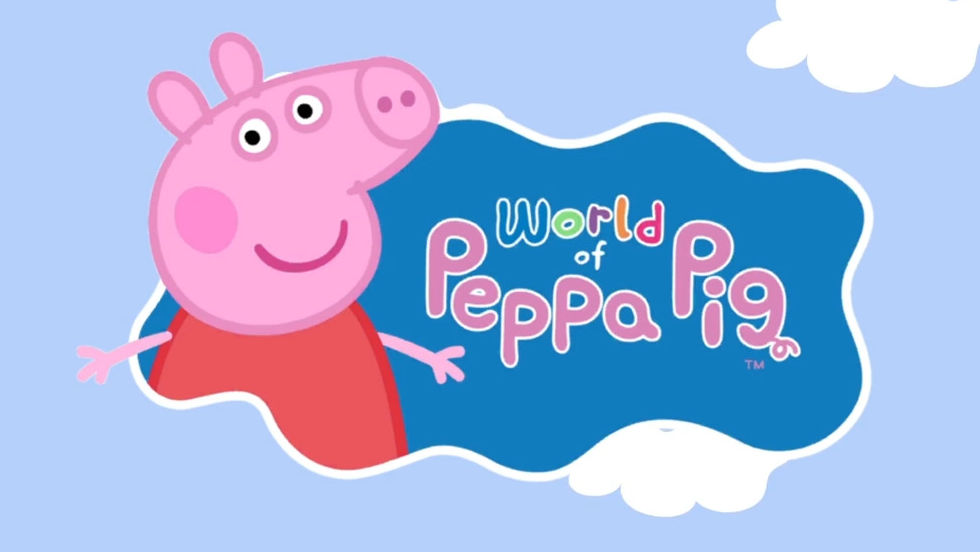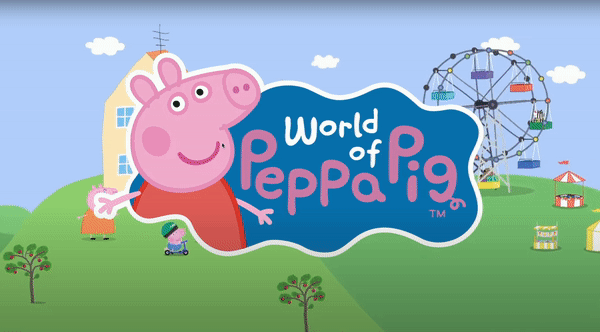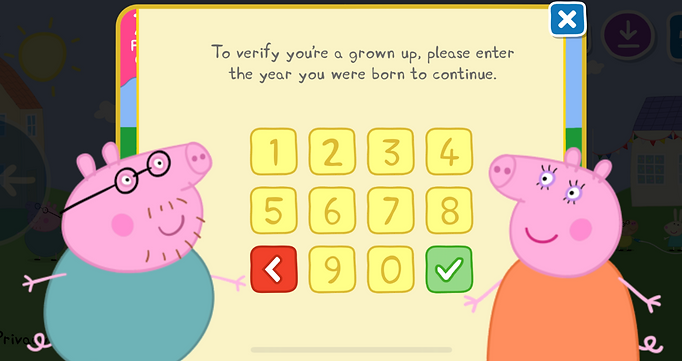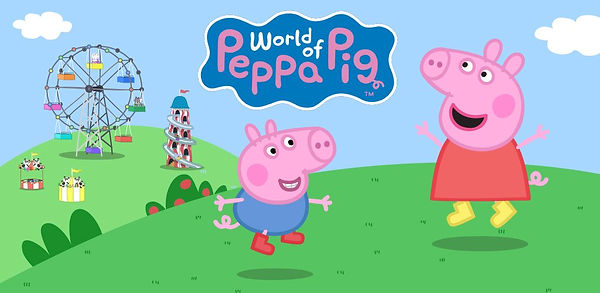eOne / Hasbro

Background
The World of Peppa Pig is a pre-school kids subscription app. Tailored towards the development of pre-schoolers, there are plenty of age-appropriate kid’s games to play, videos and creative activities for kids to explore, watch and grow with


Overview
One of my major task is to make sure that the app is COPPA compliant by observing existing user flow through competitive analysis of other digital games. We were able to get an understanding what a proper Verified Parental Consent (VPC) flow looks like in preschool apps. The discovery found in observing existing user flows is used as a reference when designing and developing for parent-facing portions of eOne and Hasbro digital games.
The Children's Online Privacy Protection Act of 1998 or simply, COPPA, was enacted in 1998 to protect the privacy of children under the age of 13. A digital preschool products that is either used by or directed towards children needs to have a proper way of attaining Verifiable Parental Consent to protect the privacy of children under the age of 13.
The How
How might we identify the process of Verified Parental Consent (VPC) within kid’s apps?
-
Competitive analysis of best practices of VPC in other children’s apps
-
Observed User Flow of competitors
-
Developed a user flow on when to use VPC for Digital Preschool Products
Competitive Analysis
In order to see what a proper parental flow looks like, I compared children’s apps that have existing Verifiable Parental Consent and Parent Gates existing within their game. These games were chosen because of their individual strategies in parent-facing experiences.
The findings were that LEGO app had really great compelling flow with regards to parents being informed every step of the way.
Sago Mini had a parent’s app that communicates with the parents with newsletter and new games and features in their multiple series of games. This is great when to have one central communication across multiple products.
Pok Pok Playroom doesn’t deal with PII as to their terms and conditions. What worked for them was having a working MVP by having one place for news, new features, storing kid’s artworks, and communicating with parents. They also utilized Apple technology in order to create settings for privacy and screen time for their kids.
Pokemon Go is one of the mature product dealing with VPC and Parental Gate. Their flow to achieve VPC was long and tedious. They also used a lot of webview within the app.
Verifiable Parental Consent
With numerous readings regarding The Children's Online Privacy Protection Act of 1998 or simply, COPPA, I created a flow in order to identify when does a product need to request for Verifiable Parental Consent.

User Flow Diagram for Verifiable Parental Consent

Site Map
Created a hierarchical diagram of the WOPP app, that shows how pages are prioritized, linked, and labeled.
The sitemap provided useful insights for marketing by helping to identify where to integrate Parent-facing interactions such as Revenue Cat and SWRVE within the app. It also identified where the parental gates and paywall areas within the app which helped improve other eOne/Hasbro Digital Preschool Products.

Takeaway
There are multiple ways to acquire Verifiable Parental Consent (VPC) and there’s still a huge room for improvement when it comes to making this better for grown ups. One of the challenges why the user journey is too long is because there are guidelines that you have to follow to be COPPA compliant. At a high level picture, once you get through the VPC everything should be smooth sailing and wouldn’t have to worry about it again. The only risk of having a long process is you might risk losing a grown up along the way if they get lost in the process of acquiring VPC. So it is a fine balance of following the rules of COPPA and creating a good design flow.